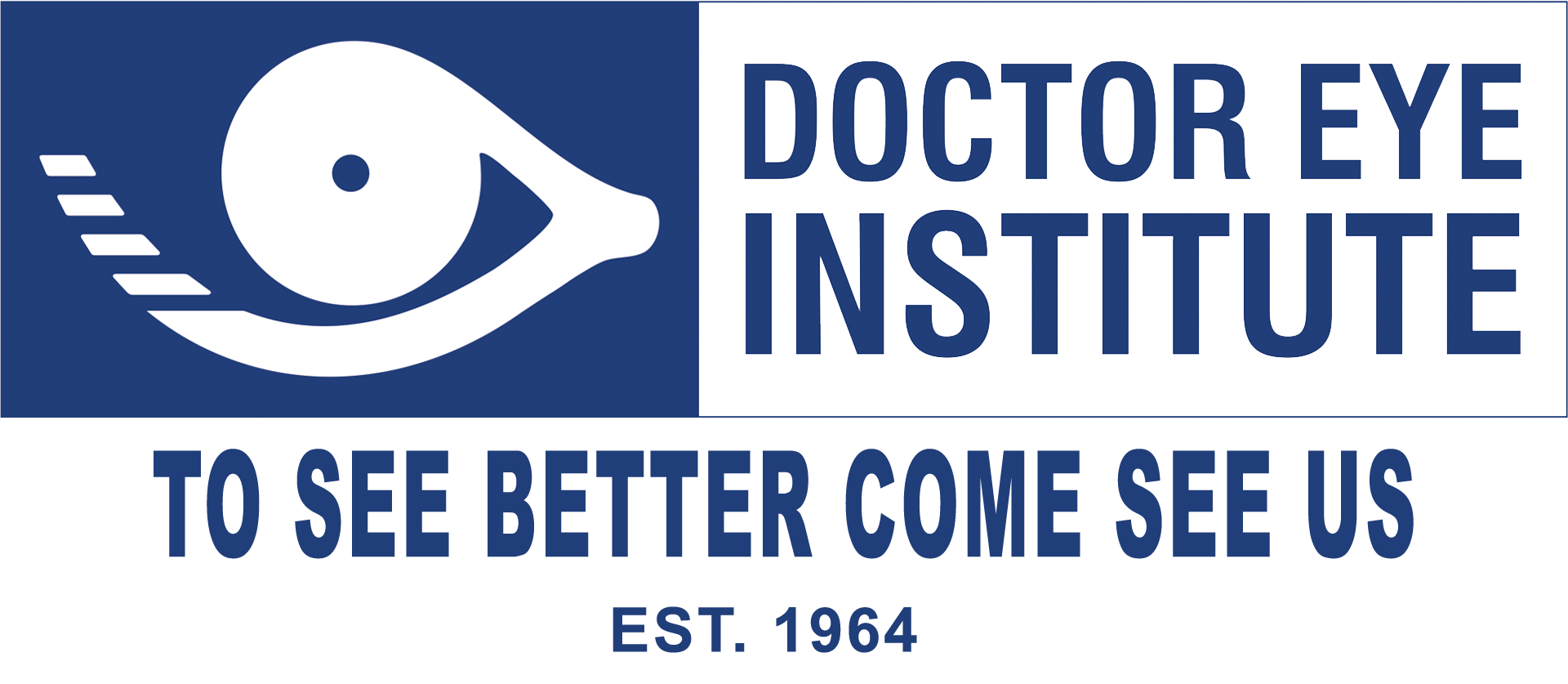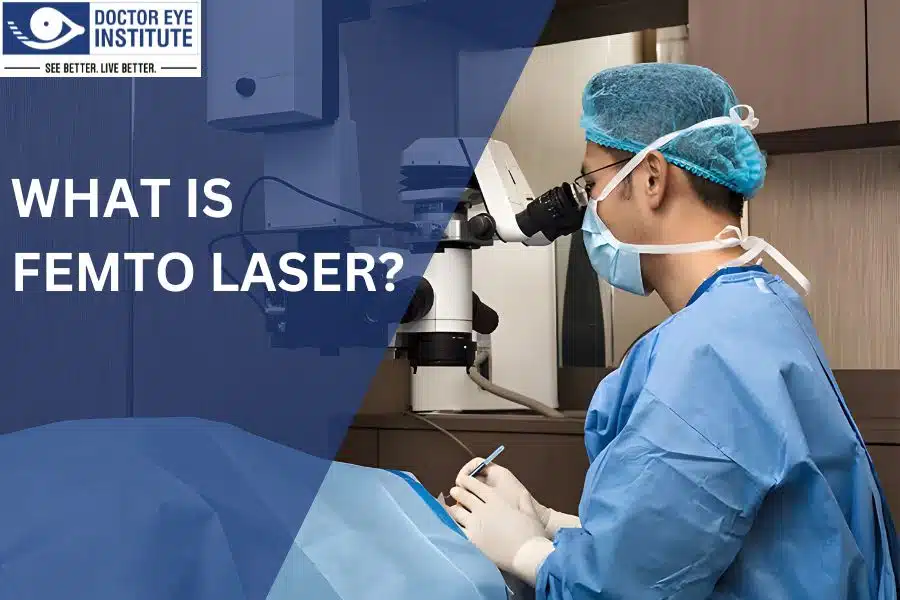What is a Femto Laser Surgery?
Imagine a laser so accurate, it can cut with the same thickness as a single hair strand! This is the remarkable ability of a femtosecond laser. These lasers unleash light bursts that last for only femtoseconds (one quadrillionth of a second, an incredibly short time!), allowing them to interact with materials with unmatched precision.
Revolutionizing Various Fields:
Femto lasers have transformed many areas, including:
- Medicine: They play a key role in advanced eye surgeries like bladeless LASIK and cataract surgery.
- Material processing: These lasers create intricate designs and perform precise micromachining on delicate materials.
- Scientific research: Scientists utilize them to study ultrafast events, like how light interacts with matter.
Unlocking the Potential of Femto Laser Surgery:
Femto laser surgery leverages the incredible precision of these lasers to perform complex procedures with minimal invasiveness. This has significantly impacted various medical fields, especially:
- Bladeless LASIK eye surgery: Traditional LASIK uses a blade to create a corneal flap. Femto LASIK uses a femtosecond laser for this step, potentially offering improved accuracy and faster healing.
- Femto Z8 LASIK procedure: This advanced technique combines a femtosecond laser to create a corneal flap and an excimer laser to reshape the underlying tissue, correcting vision problems.
- Femto z8 assisted Cataract surgery: Femto lasers can assist in making incisions and fragmenting cataracts, making the procedure smoother and potentially easier for the surgeon.
Advantages of Femto Laser Surgery:
Compared to traditional methods, femto-laser surgery offers several potential benefits:
- Enhanced precision: The laser’s accuracy can lead to more predictable outcomes.
- Minimally invasive: Smaller incisions can lead to faster healing times.
- Reduced risk of complications: Precise laser control may decrease the risk of certain complications associated with traditional techniques.
- Precise division of the cataractous lens with the laser causes less expenditure of energy during phacoemulsification which is the second step in laser assisted cataract surgery.
How Does a Femtosecond Laser Work?
Femtosecond lasers might seem like something out of science fiction, but their secret lies in incredibly fast bursts of light. These bursts are so quick, happening in millionths of a billionth of a second (femtoseconds), that they give the laser the ability to interact with your eye tissue with extreme precision. Let’s break down how this amazing technology works:
- Targeting with pinpoint accuracy: Imagine a highly focused beam of light being carefully aimed at the exact spot in your eye that needs treatment. This incredible focus helps ensure that surrounding healthy tissues are left untouched.
- Creating tiny bubbles: Just like tiny bubbles form when water boils, the femtosecond laser pulses create similar microscopic bubbles within the targeted tissue. This process, called “photo disruption,” happens at very specific locations within the tissue to form the exact shape needed for the procedure. Think of it like creating tiny air pockets to create the desired cut or reshape the tissue in a controlled manner.
- Gentle separation: Once these tiny bubbles are formed, they gently expand and separate, creating the desired effect without needing a scalpel or blade. This minimizes any damage to surrounding healthy tissue, making them ideal for delicate procedures like LASIK and cataract surgery.
Essentially, femtosecond lasers work at a microscopic level, allowing for precise treatment with minimal disruption, just like a skilled artist carefully sculpting a delicate piece of art.
Is Femto LASIK Painful?
It’s understandable to be worried about pain when you hear about laser surgery, but you can be reassured that femto LASIK is generally a painless procedure. Here’s what you can expect:
Before the surgery: Your doctor will apply numbing eye drops to completely numb the surface of your eye. This ensures you won’t feel any pain during the procedure itself.
During the surgery: While you might feel some pressure, it shouldn’t be painful.
It’s important to remember that everyone experiences things differently. If you have any specific concerns about pain or anything else related to the procedure, be sure to talk openly with your doctor before making any decisions. They can address your individual needs and answer any questions you may have.
Femto Laser Charges
Femto Laser procedures offer many benefits, but it’s important to be aware of the associated costs beforehand. These procedures are typically considered elective, meaning they might not be covered by your regular health insurance plan.
It’s very important to discuss any potential out-of-pocket expenses with your eye doctor (ophthalmologist) before you decide to go ahead with a Femto Laser procedure. They can give you a detailed breakdown of what you can expect to pay and explain the different payment options available.
By having an open conversation about costs upfront, you can ensure there are no surprises later on and make informed decisions about your eye care.
Closing Reflections
In my experience, femto lasers have revolutionized eye surgery. Their incredible precision and control have significantly improved the outcomes and safety of procedures like LASIK and cataract surgery. Compared to traditional methods, these lasers allow for sharper cuts, minimizing complications and offering faster healing times for my patients. While their current applications are primarily focused on refractive surgery, the potential of femto lasers is truly exciting. I’m optimistic about their continued development and future contributions to various areas of ophthalmology and beyond.
Femto Laser Surgery FAQ
Q1. What is a femtosecond laser?
A. Imagine a tool so precise it can work on the tiniest level. A femtosecond laser is like that, emitting super-fast light pulses that can interact very accurately with materials, including delicate eye tissue, with minimal harm.
Q2. What can femto laser surgery be used for?
A. This innovative technology is mainly used for eye surgeries, like:
- LASIK: This corrects vision problems by creating a precise flap in the cornea, the clear front part of your eye. Think of it like carefully lifting a lid to access the area that needs correction.
- Cataract surgery: Here, the laser makes tiny cuts and breaks up a cloudy lens inside your eye, allowing for its removal and replacement with a new, clear lens.
Femto lasers are being explored for other procedures too, including corneal transplants and even brain tumor surgery, but these are still under development.
Q3. What are the benefits of femto laser surg;[ery?
A. Femto lasers offer several potential advantages:
- Greater accuracy: The laser’s precision can potentially minimize complications by making very precise cuts and manipulating tissues with extreme care.
- Improved results: Studies suggest that femto laser surgery might lead to better vision correction and faster healing times compared to traditional methods.
- Less invasive: Smaller incisions and less tissue manipulation translate to quicker recovery and potentially less discomfort for you.
Q4. How much does femto laser surgery cost?
A. The cost can vary depending on several factors, the surgeon’s experience, and the facility fees. It’s important to note that femto laser surgery might not be covered by your insurance because some plans may consider traditional methods equally effective and more affordable. Additionally, since the technology is still evolving in certain areas, some insurers may wait for more long-term data before offering coverage.









